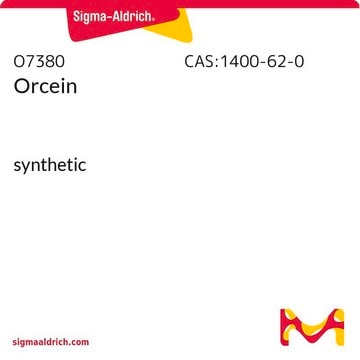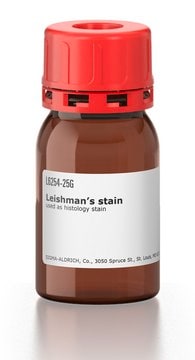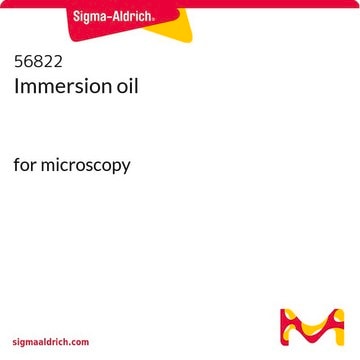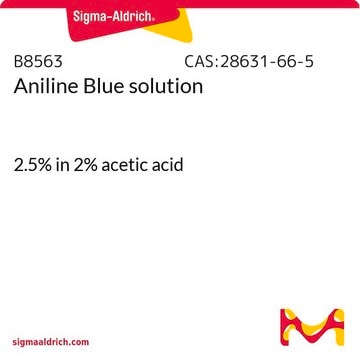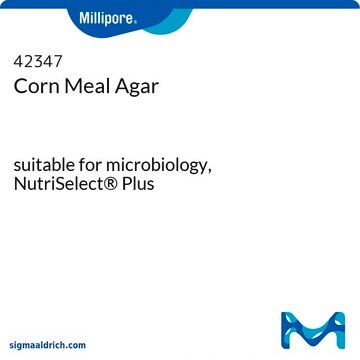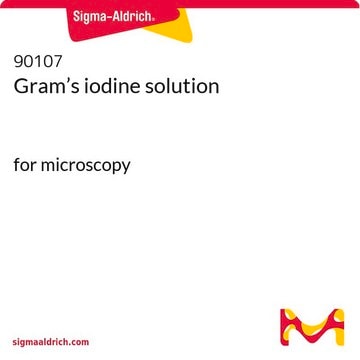Lactophenol Blue is commonly used as a stain for fungi due to its quick and easy application. However, the identification of fungi typically relies on factors such as shape, method of production, and spore arrangement, as dyes generally lack the specificity of antibodies. Lactophenol Blue consists of Methyl Blue/Aniline Blue, which are also used in other formulations to stain substances other than fungi.
Products 61335 and 113741 are essentially the same, offered by different divisions. Both are equally suitable for the intended purpose.
Fluorescent Brightner 28/Calcofluor White is another dye used for identifying fungi, binding to cellulose and chitin in the cell walls. Unlike Lactophenol Cotton Blue, a fluorescent microscope is used to evaluate the staining.
Other routine histological stains, such as the GMS procedure (HT100A) and PAS procedure (395B), can also identify fungi, although they also stain for other substances. The PAS procedure, for example, oxidizes elements within the fungi to simple aldehyde using chromic acid or periodic acid, and the Schiff’s Reagent is simply a stain for aldehydes. However, there are other dyes that might also be used to stain fungi, although if the dye is not commonly utilized for staining fungi, it may not be identified as such.
Lactophenol Cotton Blue may stain components of plant tissue, so morphology should be assessed to determine if the stain is related to fungi or plant material. In a spore stain using Malachite Green and Safranin, Malachite Green stains the spores, while Safranin stains other plant materials.






